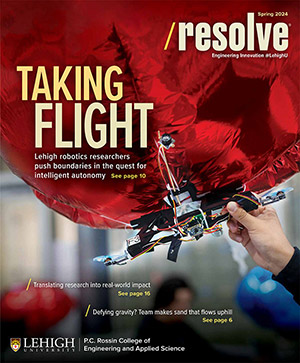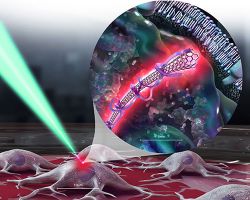
Complex global challenges like population health, sustainable energy, climate change, and the impact of online misinformation require interdisciplinary team science—the gathering of intellectually diverse experts from a wide variety of fields to address such pivotal issues from all angles.
Lehigh is hardwired for endeavors of this nature: Applied, boundary-dissolving research and education is the very foundation of our institution. Examples abound across our educational programs, the achievements of our alumni, and the research agendas of our renowned faculty.
Lehigh's Interdisciplinary Research Institutes
Lehigh's Interdisciplinary Research Institutes (IRIs) enable the university to solidify and develop its strengths in key areas that resonate with our academic community and create significant impact upon the world around us. Lehigh's IRIs serve as communities of scholars that catalyze crucial research in areas in which Lehigh can take a leading position on the national and international stage—and make lasting societal contributions.
Across academia, industry, and government, scientists and engineers are joining together to develop multifaceted solutions that attack problems from every angle. Interdisciplinary team science is our best hope for solving today's most vexing challenges, and Lehigh's IRIs are poised to help lead the way.
Learn more about Lehigh's IRIs:

RESOLVE® MAGAZINE: Taking Flight
Welcome to the Spring 2024 issue of Resolve—a magazine dedicated to research and educational innovation in the P.C. Rossin College of Engineering and Applied Science at Lehigh University.
Our latest issue reflects on the rapid advancement of robotics at Lehigh and the investments made by the university, the college, and our community of supporters that made it happen. In the six years since Building C opened its doors, Lehigh’s robotics faculty numbers have quadrupled, created five new student robotics competition teams, and our research community is staking its claim in aspects of the field with the potential for meaningful social and technological impact. The university’s rapid growth in this area emulates the built-from-scratch drone pictured on this issue’s cover. Each part of the design—building on existing faculty strengths and bringing in new expertise, investing in facilities, and engaging students from middle to graduate school—was integrated into something that is distinctly Lehigh.




